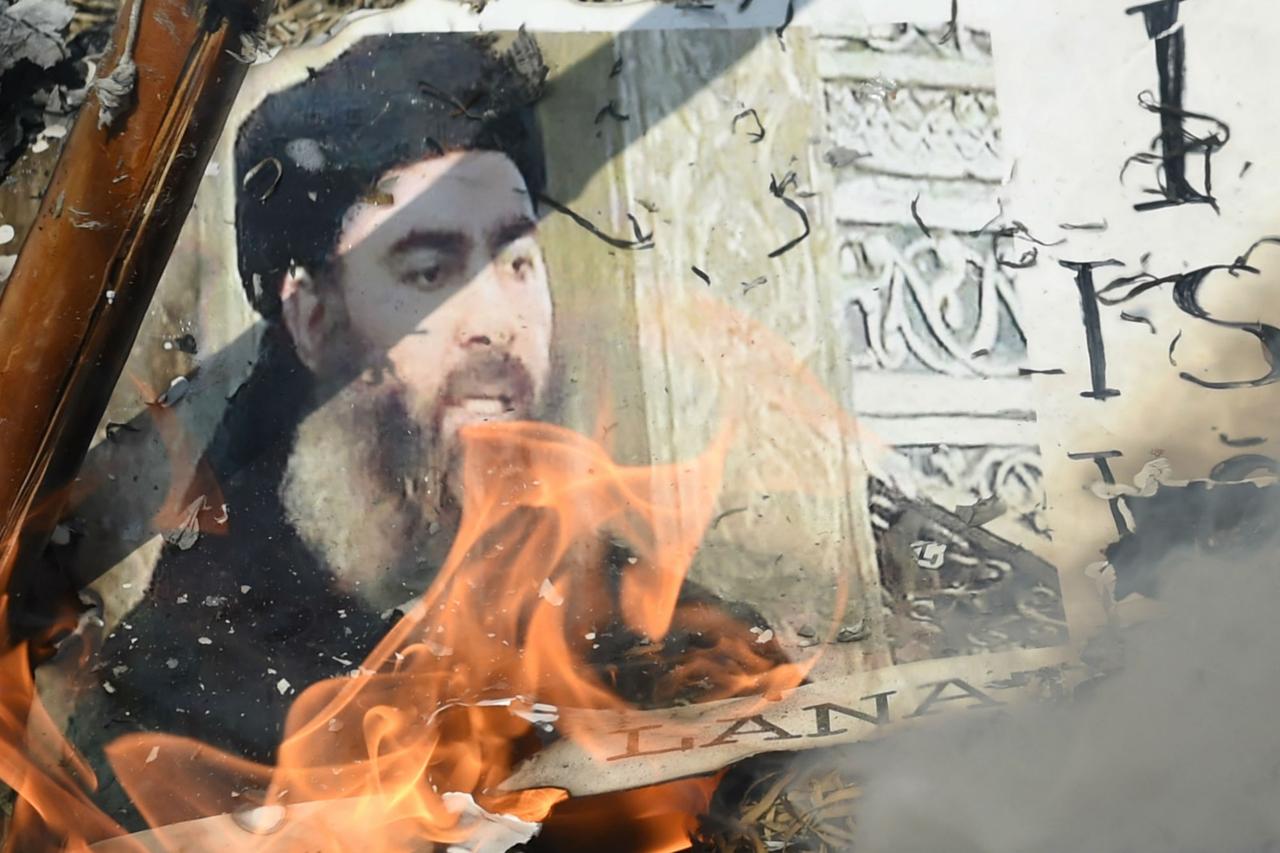When a black-clad figure strode to the dais in the great al-Nuri Mosque in Mosul on June 29, 2014, few probably expected such a momentous, if hubristic, declaration — namely, that the man had reestablished the Islamic caliphate and that the world’s Muslims owed him allegiance as «Caliph Ibrahim.» The statement from the self-appointed leader — better known as Abu Bakr al-Baghdadi — represented the first serious attempt at reconstituting the caliphate since 1924, when the secularizing Turkish Republic abolished the institution following the Ottoman Empire’s dissolution.
When al-Baghdadi elevated himself to the high office following his Islamic State group’s stunning battlefield successes in Syria and Iraq, he envisioned a legacy in which all Muslims would fall in line and help him establish sovereignty over all the Earth. Al-Baghdadi saw himself as the one to «Make Islam great again» (to borrow a phrase) and expected to achieve the same success that the Prophet Mohammed’s followers enjoyed when they greatly expanded the original caliphate in the late seventh century A.D. But as we now look back at the life — and death — of al-Baghdadi, it becomes clear that he was a failure. Not only did he fail to unify all Muslims and lead them on a global conquest, his only lasting legacies might be his group’s deep split with others in the jihadist movement, depraved violence (against believer and nonbeliever alike), and rape on an epic scale.



Добавить комментарий
Для отправки комментария вам необходимо авторизоваться.